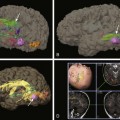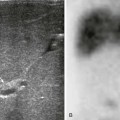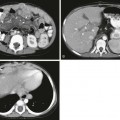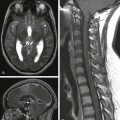Chapter 130 In the setting of acute trauma, nonarticular long bones should be imaged with at least two views (frontal and lateral). Osteoarticular regions should be imaged with three views (frontal, lateral, and oblique). Dedicated imaging of the digits is preferred rather than general imaging of an entire hand or foot when a patient has a single symptomatic digit. The radiograph should be the initial screening tool before computed tomography (CT) or magnetic resonance imaging (MRI) is performed in the setting of acute injuries. For alignment disorders, including scoliosis and foot deformities, weight-bearing views should be obtained routinely. In cases of suspected child abuse, a dedicated skeletal survey should be performed. Bone scintigraphy and MRI are complementary tools in the evaluation of child abuse, but they may miss the classic metaphyseal corner fracture.1
Imaging Techniques
Imaging Technique Overview
Imaging Techniques








